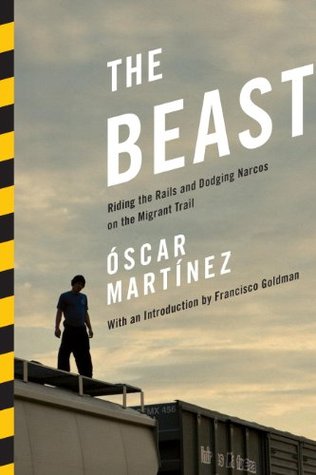More on this book
Community
Kindle Notes & Highlights
Read between
March 5 - March 13, 2022
where is it safe to cross? And the answer is: nowhere. The US government has made sure of that.
Over and over, the formula repeats itself: a crossing point on the outskirts of a city that will be heavily used by narcos, coyotes, bandits, and migrants alike.
Today is a load-carrying day. Everyone against everyone, migrants caught in the middle.
Marroquín said it well—in a game, the same player can’t win every time. The goal is to hinder the drugs, not to stop them.
After 9/11, our mission changed. Now the priority is to detain terrorists. Migrants have been demoted to second priority.”
There are no absolute numbers here. Each institution or expert has their own estimate. No one tallies by area, nationality, gender, or age. The dead are dead. Dead in the desert, the rivers, the hills. Dead migrants. The number that US humanitarian rights groups use when counting the deaths of migrants in the desert is 4,500 since 1994, when the first border operation began. Most bodies found are reported as “Dead Unidentified Migrant.” The organizations that compile this information refer to it as “limited calculations,” “conservative numbers,” or “incomplete data.”
Pray and swim. That was his strategy to reach the United States.
I could give you more facts, but for me the image of a mutilated man leaning on his crutches is a lot more powerful than any sum or number.
Civil wars characterized by indescribable massacres perpetrated by elite army battalions, backed by US money, led by soldiers and generals who were trained at the US School of the Americas. Central America, after the peace deals of the 1990s, was left mutilated, with families lacking fathers and mothers, many children raised only by their grandmothers. Central America was left uncultured, with a generation that knew nothing else but how to take up arms. In its weakest years Central America was ridden with gangsters who had been deported primarily from Southern California, where they had become
...more
Central America was left hurt and divided, poor and weak.
At every step, the migrant trail offers only one deal: surrender yourself.
I kept asking the same question: if you’re willing to go through all of this, then what must you be running from? Many of their answers are recorded in this book. But if I had to collapse them into one single answer, I’d say that they are not running from hunger—that most primal of needs—but from resignation.
They are running, I believe, from the resignation that their children repeat the same miserable
lives to which the depraved reality of Central America has condemned more than half of its inhabitants.
Their life trajectory is pointed solely at the US, just like it was for their parents and for their grandparents. And those who set out on this heroic journey are often reluctant to tell their families that they were raped, kidnapped, robbed, and beaten along the way. Migrants are silent, guarded. And silent not just about the voyage, but also about life in the US.
In Mexico, every time we presented the Spanish version of this book I’d say to the audience that my goal was to incite rage. Rage is harder to forget. Rage is less comfortable than compassion, and so more useful.
I hope, rather, that the book generates respect for these men and women, for those who have done something for their families that many of us could hardly find the strength to do.
This book is the journey of those who crossed Mexico without papers. This is the story of those who believed—and still believe—that the United States will change their lives. This is the story of the Central Americans without papers who live in your midst.


